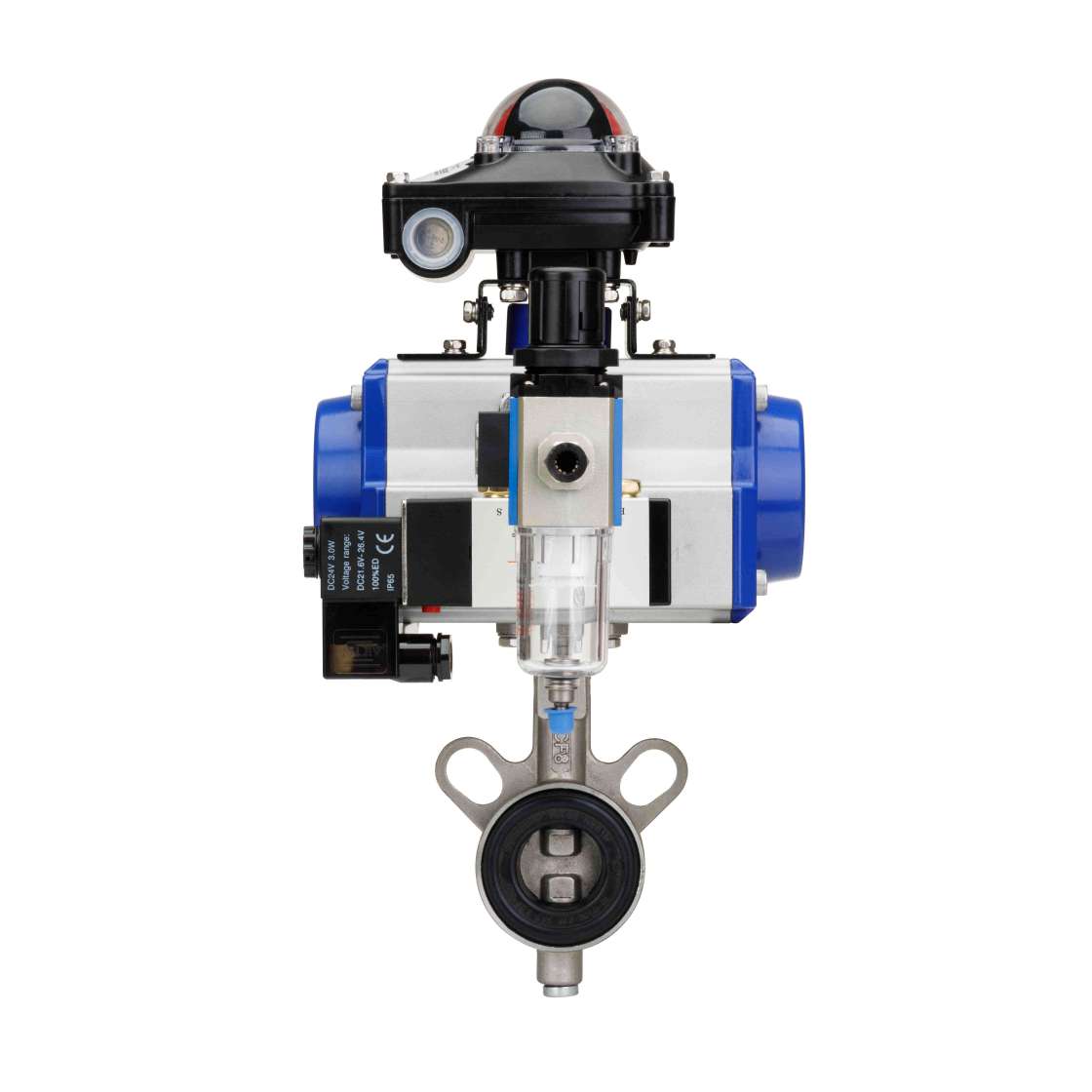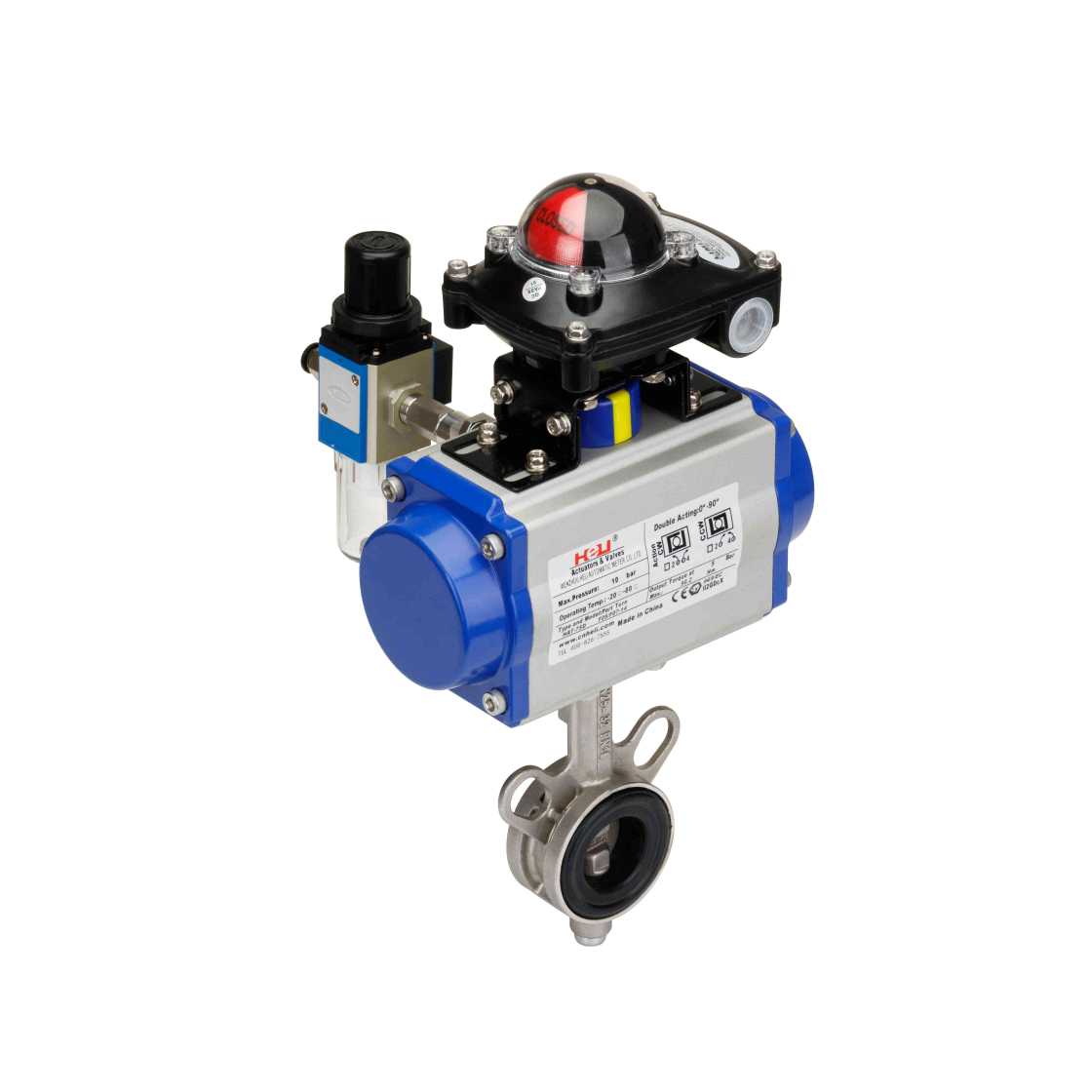understanding the pneumatic butterfly valve: design, operation, and applications
Release time:2025-06-03 19:28:37
Pneumatic butterfly valves are a popular choice in industries that require a reliable and efficient method of regulating the flow of liquids and gases through pipes. These valves combine the functionality of a traditional butterfly valve with the power of pneumatic actuation, making them an essential component in various automation systems. In this article, we will explore the design, operation, advantages, and common applications of pneumatic butterfly valves, offering a comprehensive understanding of why they are widely used in modern industries.

Design and Components

A pneumatic butterfly valve consists of a circular disc (the "butterfly") that pivots around a shaft to control the flow of material in a pipeline. The valve’s housing, typically made of cast iron, stainless steel, or other durable materials, contains the butterfly and provides the structural support for the valve. The disc, mounted on the shaft, is rotated by a pneumatic actuator, which uses compressed air to move the valve's position. The actuator is usually connected to a control system that allows for precise control of the valve’s opening and closing.




